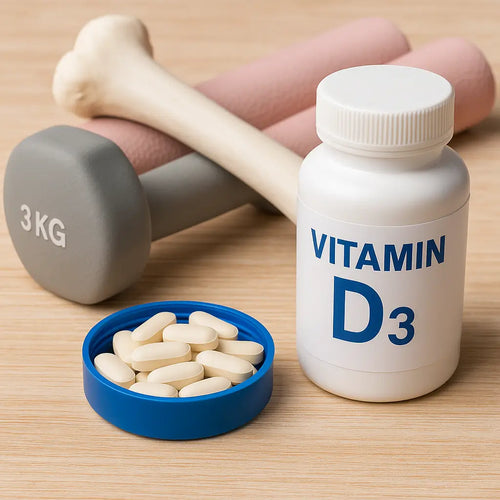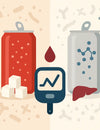A common reason often mentioned by people who don’t exercise is that they don’t have the time.
The research reviewed is very interesting since it shows that you don’t have to spend a lot of time exercising to see impressive results even when it comes to glucose control (Little JP, et al. 2011, Gillen JB, et al. 2012). Even people with type 2 diabetes saw significant results with less time spent exercising than what is normally recommended, that was when they exercised a certain way.
This is how the participants exercised. They participated in six sessions of high intensity low volume interval training over a period of two weeks. The exercise consisted of 10 repetitions of 60 seconds cycling bouts on a stationary bike at 90% of maximum heart rate with 60 seconds rest in between bouts.
Before the training and from 48 to 72 hours after training, glucose regulation was assessed using 24 hours continuous glucose monitoring. Muscle metabolic capacity was measured in biopsy samples from the Quadriceps muscle.
The results documented that the average 24 hours blood glucose concentration was reduced after training. It also showed that the training increased muscle mitochondrial capacity. The mitochondria is the energy producing entity of the cells. Other markers of metabolic function also improved.
If you, in addition to this, start to eat meals that have shown to be effective in stabilizing the blood sugar at a low and normal level, you would see a big difference in how you feel and function. To start implementing this type of science use Learn to Eat, that will make it easy.
Gillen JB, Little JP, Punthakee Z, Tarnopolsky MA, Riddell MC, Gibala MJ. Acute high-intensity interval exercise reduces the postprandial glucose response and prevalence of hyperglycaemia in patients with type 2 diabetes.Diabetes Obes Metab. 2012 Jan 23. doi: 10.1111/j.1463-1326.2012.01564.x.
Little JP, Gillen JB, Percival ME, Safdar A, Tarnopolsky MA, Punthakee Z, Jung ME, Gibala MJ. Low-volume high-intensity interval training reduces hyperglycemia and increases muscle mitochondrial capacity in patients with type 2 diabetes. J Appl Physiol. 2011 Dec;111(6):1554-60. Epub 2011 Aug 25.









